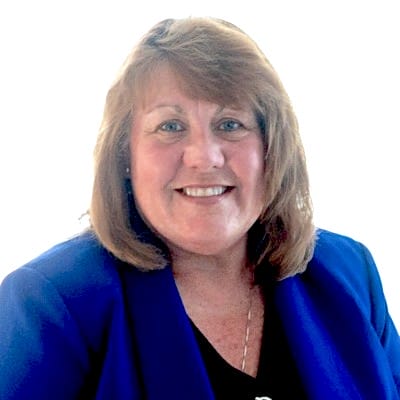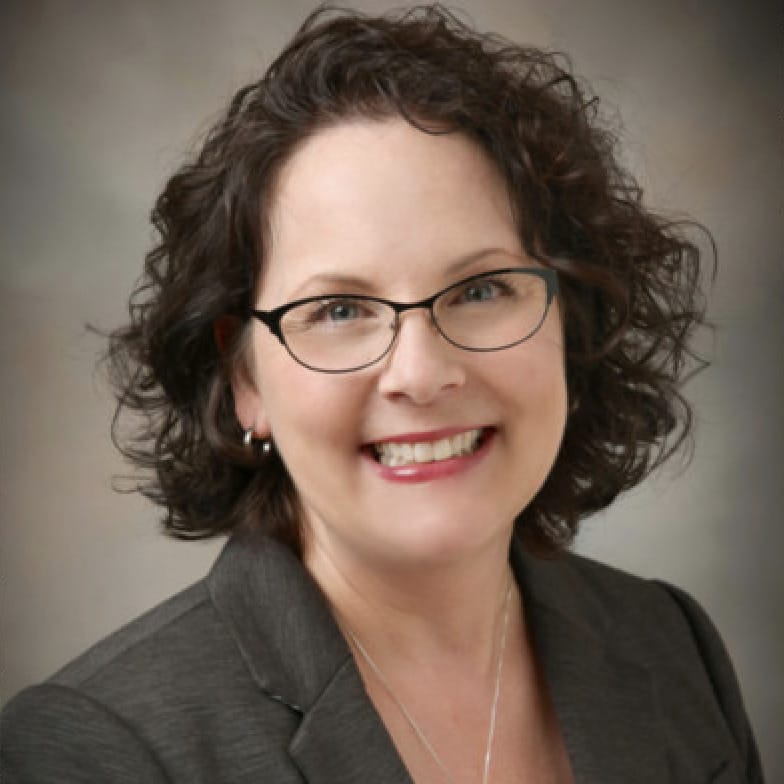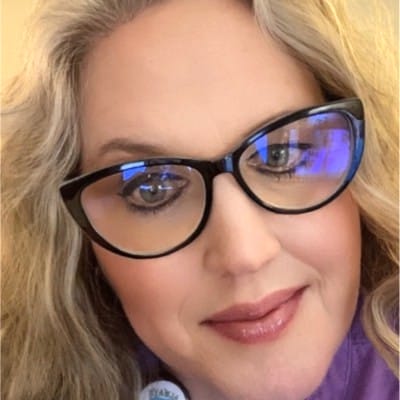




Why are some organizations just breaking even while others are breaking records? If your senior living community’s philanthropic operation is not generating the 3:1 return on investment — which is standard in philanthropy — why not?
In this article, we — philanthropy professionals in the senior living industry — address the most essential characteristic for success: teamwork. When all understand their vested interest in philanthropy’s success, and they understand the role they play, everyone wins.
The team leaders: The board
Boards set the tone for successful philanthropy. The most common dilemma board members express in fundraising is that they don’t know how they can help beyond making a contribution. Fearful images of asking their family and friends for money keep them from participating at all.
Fortunately, major gifts develop through a multi-step relational process; asking for the gift comes near the end of the cycle. There are many different ways a board member can help other than, and including, asking.
The philanthropy professional can meet with each board member to go over all their optional roles, then let the board member self-select how they can joyfully participate in the process. When significant gifts materialize, everyone rightfully celebrates their role in the process. This is one reason why fundraising is called “development.”
The star players: The C-suite
High-profile senior executives who pledge their financial support are essential to your philanthropic effort, to be sure. Their gifts of endorsement and introduction, however, are just as valuable.
When senior executives comes alongside the philanthropy staff, they elevate the importance of the team effort; they publicly validate the critical role of philanthropy and the significance of the organization’s mission. This validation is a powerful force with external stakeholders such as families, community, civic and corporate leaders, and donors. And it can be just as influential with internal stakeholders such as residents and team members.
It has been said that “we are what we repeatedly do and see.” When members of the organization’s highly visible senior leadership participate in the philanthropic process, they shape a culture of philanthropy throughout your entire team.
The strategists: Marketing and philanthropy
Marketing and philanthropy are like yin and yang, creating a synergy to make each other successful. Take a look at the online presence of our industry leaders and you will notice how philanthropy strategically enhances the image of the organization. Scroll the social media feeds and feel the warm fuzzies from posts about resident volunteerism, employee scholarships, resident families establishing endowments and employees giving back to the community.
Collaboration is key between marketing and philanthropy, and when done in unison, unique marketing techniques build brand awareness. Brand awareness fosters community engagement, making your donors feel their integral part of your organizations’ story.
When people feel included, relationships are strengthened and donor retention escalates to new levels. The story is shared over and over because your unique marketing captures the attention of people who continually share your story and move your mission forward.
The faces of the team
Just as all employees need to see that they are helping make your organization’s mission a reality, they can value how their work contributes to a positive experience for our donors — be they residents, family members, other employees or in the wider community. We are all in philanthropy.
From maintenance and housekeeping ensuring that an issue is fixed in a resident’s apartment, to transportation scheduling for an appointment, to the kitchen crew providing nutrition, to marketing highlighting resident life enrichment on social media, our every day is a team sport. Together, we strive to exceed expectations.
This effort plays into a culture of philanthropy and genuine donor engagement. And unlike most team sports, development professionals don’t have an off season. Philanthropy is a year-round team sport, and it takes an entire community.
“Philanthropy” encompasses the work we do to change the world, the leaders who accomplish change, and the donors whose resources make change possible. Who wins? Board members and executives who help donors find joy in giving and celebrating impact. The managers who teach their staff the importance of each person’s role in the mission. And every team member who weaves this understanding into their daily responsibilities. When this happens, our organizations can’t help but grow and thrive. With philanthropy, everyone wins.
The authors: Z. Allen Abbott, PhD, Baptist Homes Foundation, Pittsburgh; Marianna Calabrese, Philadelphia Protestant Home; Cheryl Franceschi, Rose Villa Foundation, Portland, OR; Sarah Malchow, Cedar Community, West Bend, WI; and Lisa Woletz, Christian Community Homes and Services, Hudson, WI.
Have a column idea? See our submission guidelines here.
The opinions expressed in each McKnight’s Senior Living guest column are those of the author and are not necessarily those of McKnight’s Senior Living.






